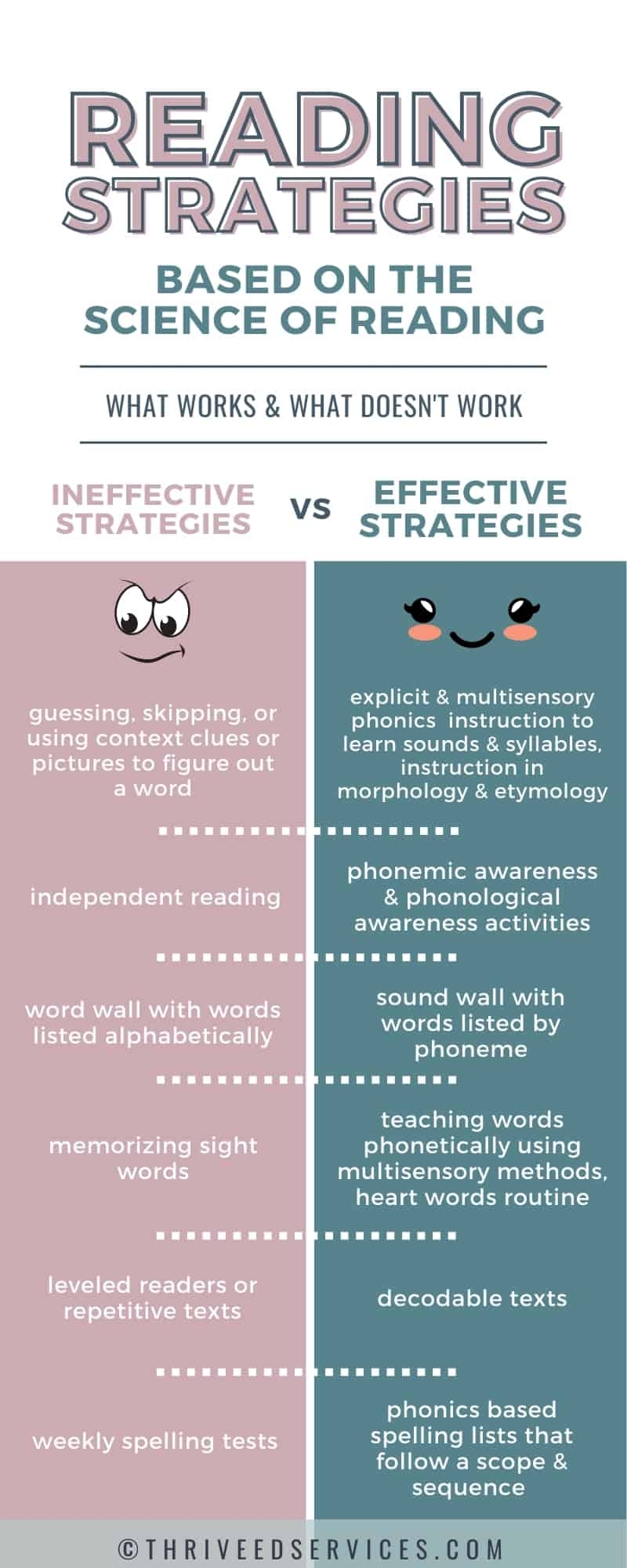Reading is a fundamental skill that lays the foundation for learning in all subjects. In order to improve reading comprehension and fluency, it is essential to implement effective instructional strategies. These strategies can help students of all ages become proficient readers and critical thinkers.
When it comes to teaching reading, educators must employ a variety of techniques to cater to different learning styles and abilities. By using a combination of strategies, teachers can create a supportive learning environment that fosters a love for reading and promotes academic success.
Instructional Strategies for Reading
1. Close Reading: Encouraging students to engage deeply with the text by asking questions, making connections, and analyzing the author’s purpose. Close reading helps students develop critical thinking skills and enhances comprehension.
2. Graphic Organizers: Using visual tools such as mind maps, charts, and diagrams to help students organize information and make connections between ideas. Graphic organizers are particularly useful for visual learners and can improve retention and understanding of the text.
3. Reciprocal Teaching: A collaborative approach where students take turns leading discussions, summarizing key points, asking questions, and making predictions. Reciprocal teaching promotes active engagement and helps students develop metacognitive skills.
4. Read Alouds: Reading aloud to students helps improve listening skills, vocabulary acquisition, and fluency. It also exposes students to different genres and authors, sparking interest and curiosity in reading.
5. Scaffolded Instruction: Providing support and guidance to students as they progress from simple to complex texts. By breaking down the reading process into manageable steps and providing necessary assistance, teachers can help students build confidence and independence in their reading abilities.
By incorporating these instructional strategies into reading lessons, educators can create a dynamic and engaging learning experience that empowers students to become proficient readers. With the right tools and techniques, students can develop a lifelong love for reading and unlock a world of knowledge and imagination.
